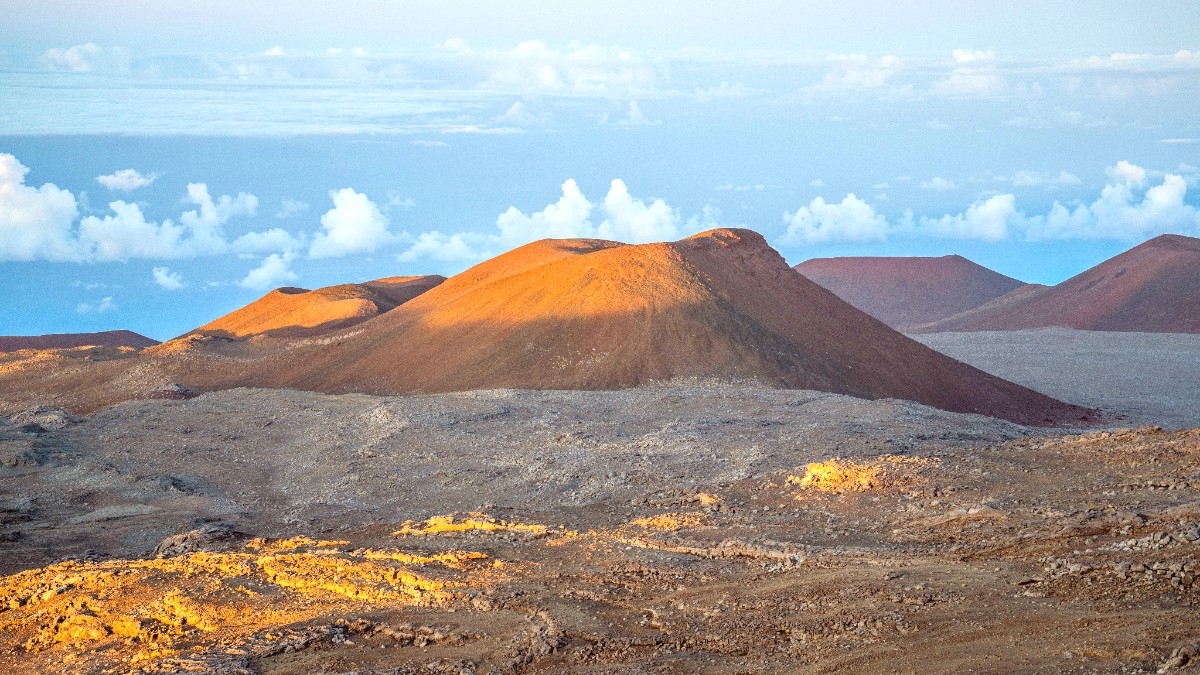
Hawaii, USA
Mauna Kea's summit experiences an alpine environment, regardless of the season at sea level. Layering your clothing is a requirement for staying warm and comfortable. Temperatures drop rapidly, and strong winds are a constant factor.
Body heat loss is significant through the head, and hands and feet are vulnerable to freezing temperatures.
Insulated, waterproof hiking boots are highly recommended for summit visits, even if you only plan to view the observatories from nearby.
At the Mauna Kea VIS, closed-toe shoes suffice, but warm socks are a must.
Comfortable, versatile shoes for lower elevations and various activities.
Careful preparation of your documents aids a smooth and stress-free trip to Mauna Kea and the Big Island.
The U.S. Uses Type A and B sockets (two flat parallel pins or two flat parallel pins with a grounding pin), and the voltage is 120V at 60Hz. International travelers require an universal travel adapter. Ensure your devices are compatible with 120V or are dual-voltage.
Capturing stunning night skies and landscapes calls for specific camera equipment. Navigation apps are useful for local services, weather, and road conditions.
Use cloud storage services like Google Drive or Dropbox for photos and documents.
Bring an external hard drive to back up precious memories and important information.
This safeguard deters data loss in case of device malfunction or theft.
Your health is a priority, especially when visiting a high-altitude environment like Mauna Kea. A destination-specific first aid kit is advisable.
Addressing challenges unique to altitude and local conditions aids comfort. Sun protection and proper hydration are important.
For hiking, a day pack carries snacks, water, and extra layers of clothing.
For stargazing, notably at the Mauna Kea VIS, binoculars are recommended. Even a good pair of handheld binoculars, like Celestron Skymaster binoculars, significantly enhance your view of the night sky.
Consider what items to rent versus bring based on quality and availability. Warm clothing, for example, finds rental options from some tour operators or outdoor gear shops on the Big Island.
Beyond the clothing, documents, and tech, a few miscellaneous items significantly improve your travel experience to Mauna Kea and the Big Island.
Embrace reusable items to reduce your environmental impact and save money. Hawaii encourages the reduction of single-use plastics.
Reduces plastic waste.
Supports local plastic bans.
Protects marine life.
Minimizes chemical impact.
Specialized cold-weather gear, though available, may have higher costs in Hawaii than if purchased on the mainland or from online retailers before your trip.
If you rely on specific brands of snacks, toiletries, or other personal items, bringing them with you avoids searching or paying a premium.